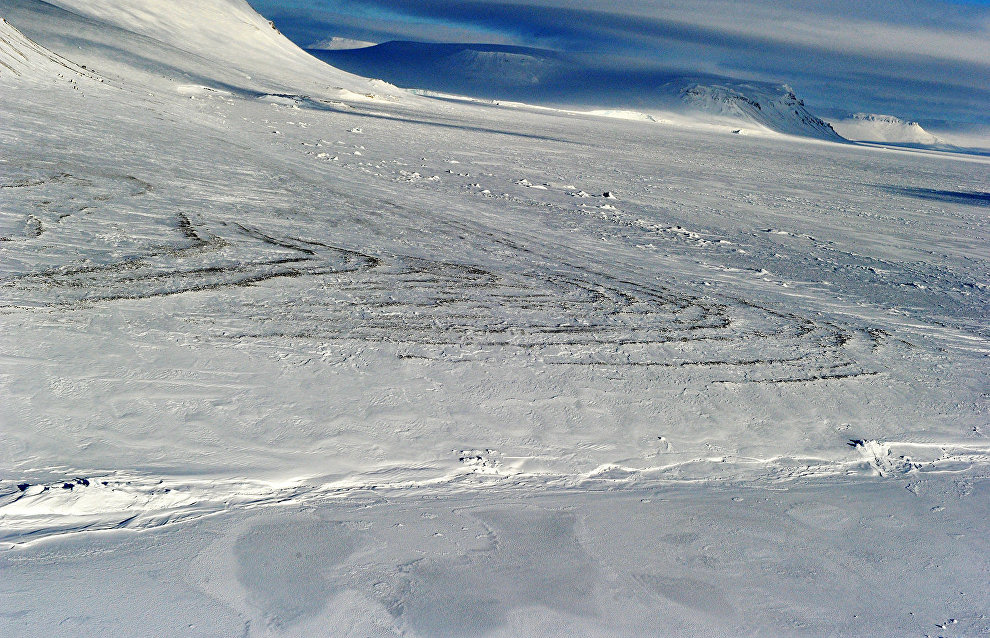Moscow State University researchers invent precise dating system for the Arctic ground ice findings
Researchers from Moscow State University have developed a more precise dating system for inclusions in the ground ice in the Arctic, Professor Yury Vasilchuk told TASS news agency. This method can be used equally well by archaeologists, permafrost construction experts and paleobiologists.
"Since it takes a long time for ground ice and subsurface layers to develop, we find organic inclusions embedded in the same layer that are dated 5,000 to 10,000 years apart. We have invented a new radiocarbon dating method, based on crosschecking the organic matter we find within the same permafrost layer — twigs, bones, grass and moss, which allows us to determine these dates as accurately as possible. It turns out that the organic matter we found in an ice layer that formed 25,000 years ago can be dated 20,000, 30,000 and even 40,000 years back. We decided that the youngest period would probably be closer to fact, and so we compared the inclusions we found at different heights in the ice and they easily fit into a chronological order," Vasilchuk said.
He added that "serious research was done on each sample to check the methodology, with every organic sample split into micro samples, like seeds of the same color, barked twigs, or debarked twigs, or grass, and we measured their age."
Vasilchuk said that this more precise dating system for organic inclusions in Arctic ice can be used by different sciences. "This improved method could be useful for the archaeologists who study the sites of ancient northern peoples, the paleobiologists who study the evolution of DNA, for permafrost construction engineers, and also for making more accurate forecasts of the extension of ice sheets," the professor said.
